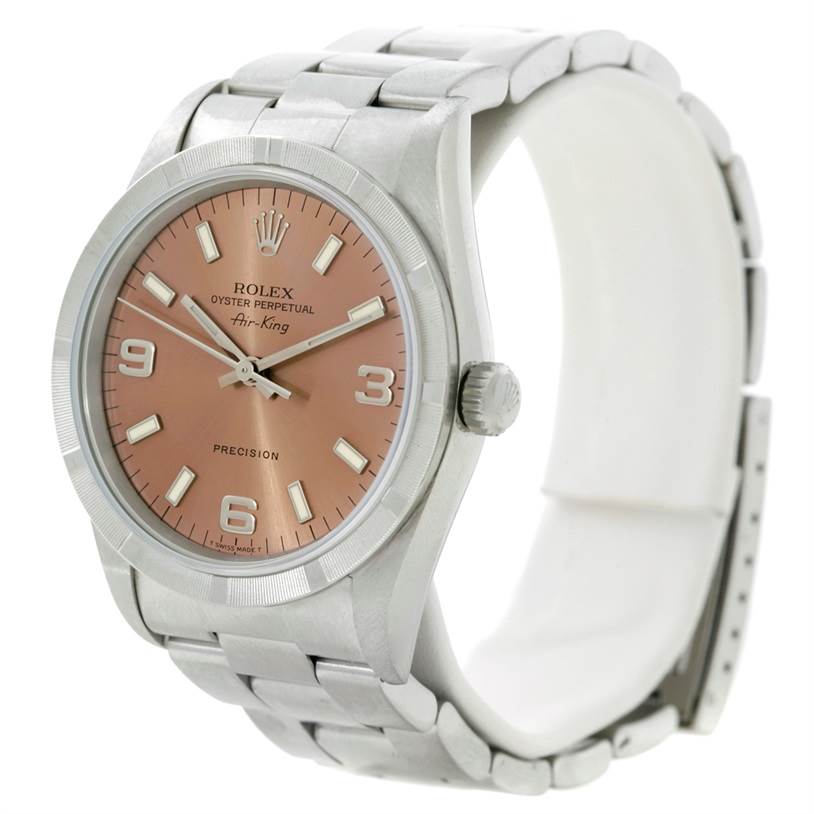How to select chronograph?
The column wheel was once ubiquitous, but some manufacturers seeking efficiency have developed cam mechanisms to take its place. The new system functions much like the traditional system, with an eccentric cam in place of the column wheel. Cam systems are typically less expensive to manufacture, easier to adjust, and easier to maintain, but not as pretty. In use, cams generally perform as well as column wheels. NASA has certified both the column-wheel and cam versions of the replica OMEGA Speedmaster for space flight. The chronograph powered by the Lemania Caliber 5100 with a cam switch is certified for military use by several countries. 
The column wheel and cam give the command, but further downstream other components transfer the energy from the mainspring to the stopwatch, and once again, competing systems emerge. Conventional systems use horizontal or lateral coupling to transmit energy. When the start button is pressed, a wheel mounted on a movable bridge or lever slides horizontally, connecting the fourth wheel, which rotates every minute, to the centre wheel of the chronograph, which drives the chronograph seconds hand. The intermediate sliding wheel is needed because if the fourth wheel were to engage directly with the chronograph centre wheel, the chronograph wheel (and the second’s hand it activates) would run counterclockwise.
The horizontal engagement system is aesthetically pleasing because it allows the watch owner to observe the chronograph engaging and disengaging. However, engaging the teeth causes the chronograph’s second hand to jump on start-up, and because the teeth used to couple the chronograph have a different shape or profile than those used for continuous power transmission, frequent or continuous use of the chronograph can cause the teeth to wear. The additional wheels in this system also consume energy from the mainspring, affecting the amplitude of the balance wheel and, therefore, the chronograph.
There is a direct relationship between the frequency of a movement and the size of the fraction it can measure. The higher the frequency, the smaller the fraction.
Tag Heuer’s Mikrograph can measure the time of an event to the nearest 1/100th of a second.
TAG Heuer’s Mikrograph can time events to the nearest 1/100th of a second.
In recent years, some manufacturers, notably TAG Heuer replica watches, have started producing chronographs with two mainspring barrels, two-wheel systems and two escapements that operate at different frequencies. The chronograph escapement can run at a leisurely frequency for movements that run continuously for years (providing low wear and a long power reserve). In contrast, the chronograph escapement can run at a faster frequency, allowing it to measure hundredths or thousandths of a second or even more.